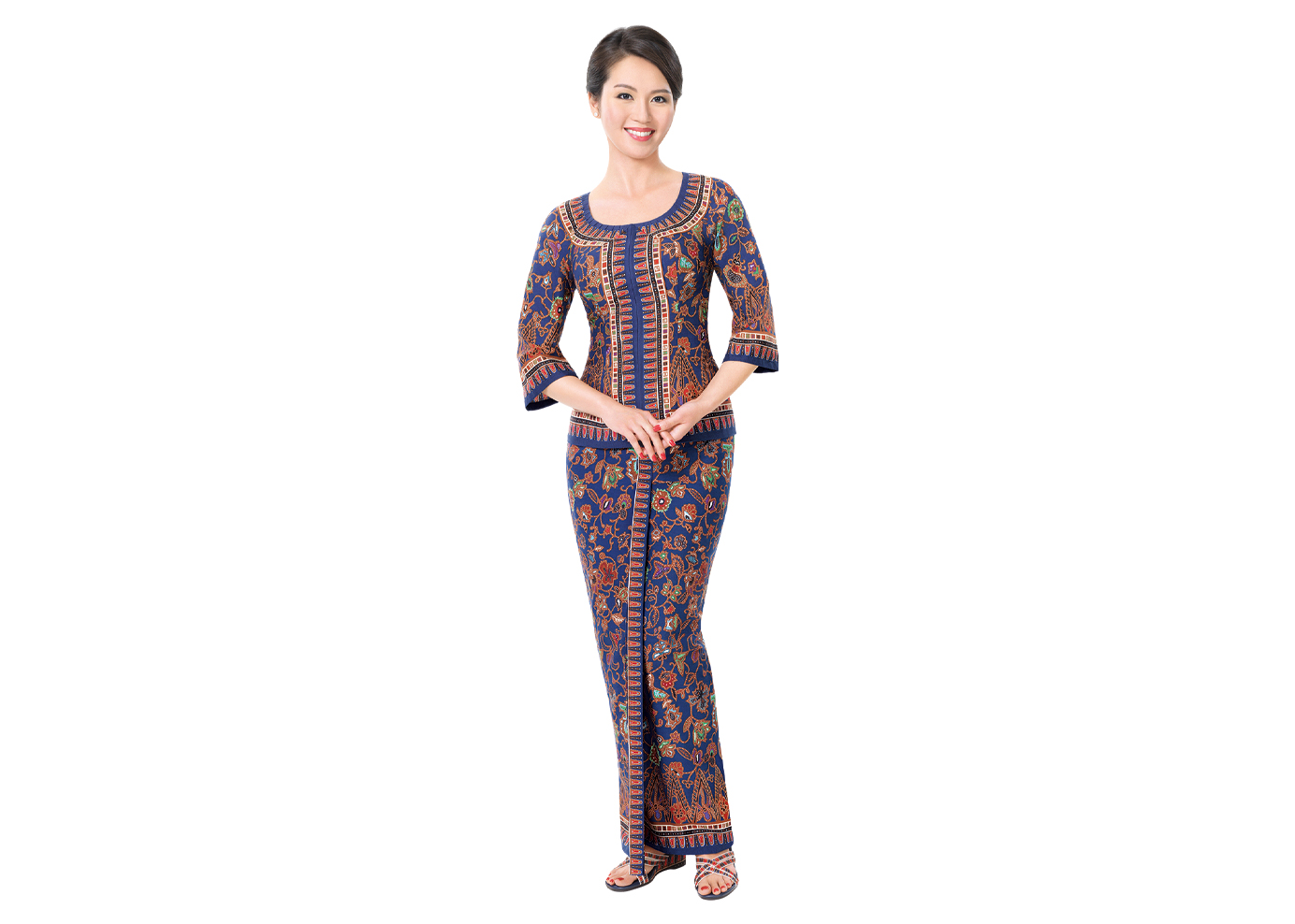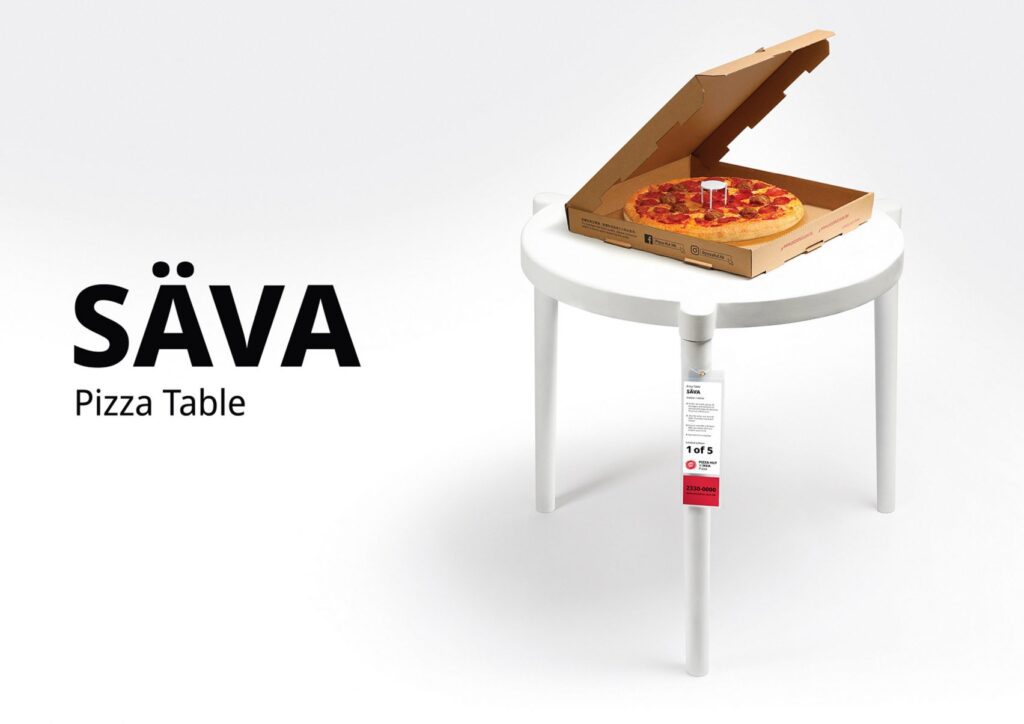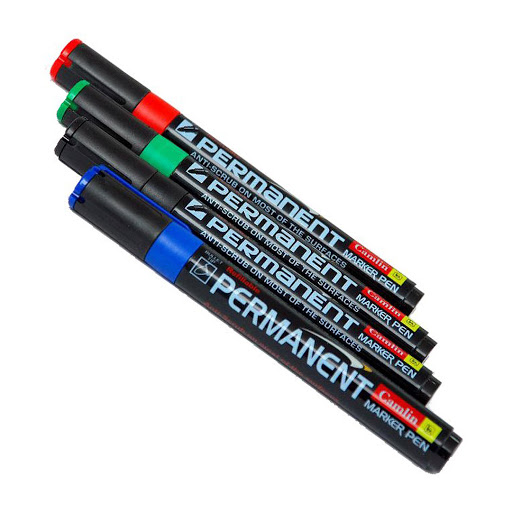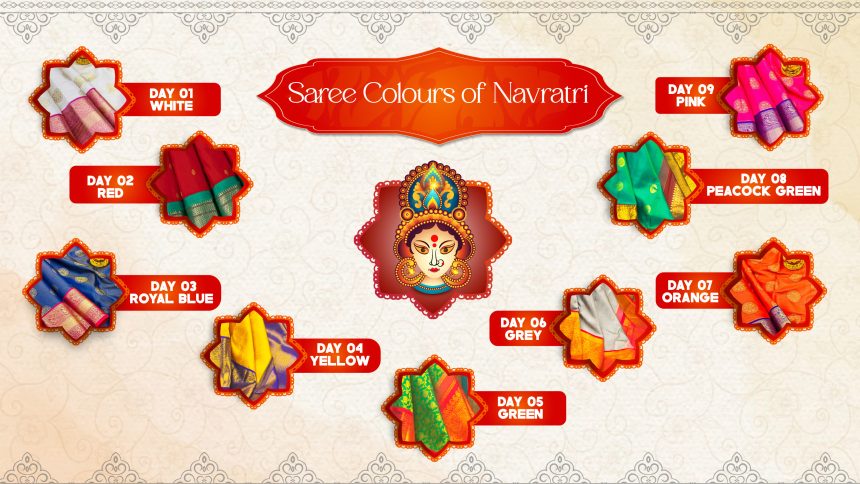The Iconic Singapore Girl

The Singapore Girl represents the best of Asian hospitality. She makes you feel at home and she wins over the hearts
Beginnings
The governments of Malaysia and Singapore established MSA, or Malaysia Singapore Airlines, in 1966. MSA split into Malaysian Airline System (now Malaysia Airlines) and Singapore Airlines in 1972 when both governments decided they wanted their own flag carrier. It likely befuddled the rest of the globe to have two flags on the aircraft.
Batey
Batey Ads, which was founded in the 1970s, quickly rose to prominence in Southeast Asia’s competitive advertising market. Born in London, Ian Batey moved to Australia with his family in the late 1940s, where he eventually found employment with an ad agency working on the Malaysia-Singapore Airlines. Batey left the company in 1972 when the partnership ended and started his own business with the newly established Singapore Airlines as his first customer.
He understood that the customer needs aviation-focused concepts more than advertising.
Challenges
While the government of Malaysia focused on expanding its domestic network, Singapore opted to focus only on expanding internationally (obviously).
Thus, SIA was forced to contend with more well-established regional companies. It takes effort and time to organise a bigger fleet, educate fresh pilots, and map out a wider route.
The executives at SIA couldn’t wait that long. The standard practice for this category at the time was to boast about the abundance of flights to big cities and far-flung locales. Batey warned SIA that they couldn’t depend only on a destination advertising strategy.
Two more pillars were devised by the agency, with the Singapore Girl representing the best in-flight service. And the newest, most cutting-edge fleet, which in the future will be combined with amenities like KrisWorld, Nintendo games, the Biggest Show in the Sky, the newest movies on demand, and so on. The concept for The Singapore Girl unsurprisingly came from Batey.
The Singapore Girl
She has everlasting appeal to people of all ages. Her attractiveness never wanes. Effortless chic describes her best.
She wears the sarong kebaya that has become a universal emblem of Asian warmth and welcome. The sarong kebaya was created by French fashion designer Pierre Balmain out of traditionally Asian batik, a staple of Singaporean culture.
The Singapore Girl, in Batey’s view, is a “visual embodiment of the soul of the airline. She represents the caring aspect, the graciousness, warmth and efficiency of the brand”.
The campaign “A Great Way To Fly,” which featured the iconic “Singapore Girl,” helped solidify the fledgling firm’s brand as well as establish Singapore Airlines as a premium carrier with outstanding in-flight service.
No other airline comes close to embodying the spirit of the Singapore Girl. Singapore Girl became such an icon that in 1994 Madame Tussaud’s Museum in London began displaying her as the museum’s first commercial figure.

Trivia
Exactly what do the kebaya’s four colours represent?
That you’ve won each and every badge says a lot about you. One may argue that they are the most aesthetically pleasing signs of status ever created.
- Blue
Flight attendant: usually in economy, but also seen in business class if they have more than 18 months’ experience.
- Green
Leading flight attendant: one in each cabin, leading duties.
- Red
Chief flight attendant: only found in first and business-class cabins.
- Purple
In-flight manager: in charge of all cabin crew.
The Singapore Girl has become an iconic symbol of airline service throughout the years. The more time passes, the better she becomes.



